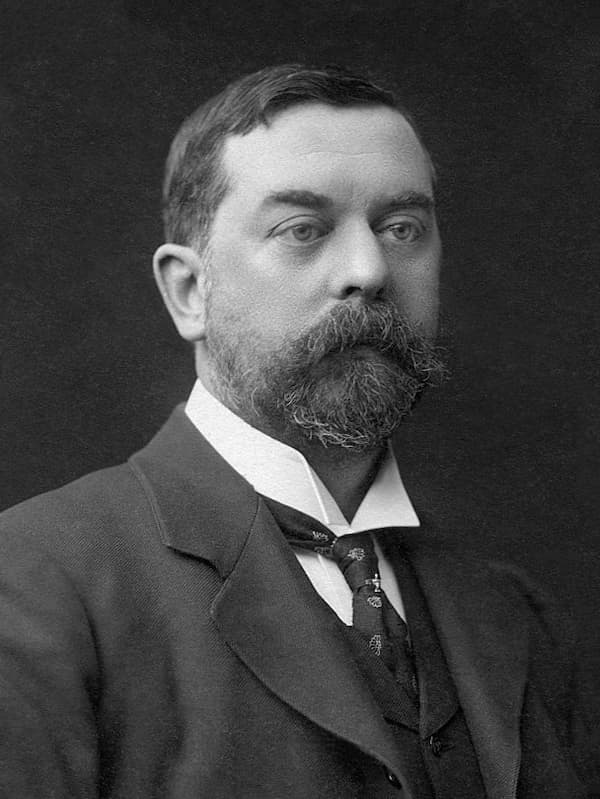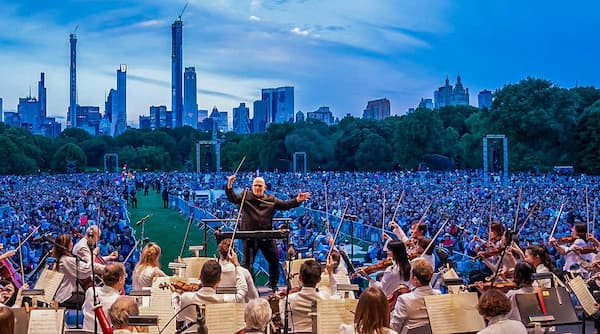Looking at the climate terrors of 2023, we can only anticipate what 2024 might hold. The historical calamity of the Flood seemed to affect everywhere last year. But when you look at the music for flood (and for how we’re driving it today with global warming), we should start to take note of the repeating nature of our distress.
American composer Luna Pearl Woolf (b. 1973) took her title for her work for solo cello and choir from Louis XV’s remark to Madame de Pompadour ‘Après moi, le déluge’, which was seen both as Louis’ forecast of ruination after his death and his lack of interest in the actual outcome.

Luna Pearl Woolf
Après moi, le déluge starts with the original flood, Noah’s Flood, and how he saved himself and selected others with his ark, leaving the world to die. Noah smiles and a dove slowly drowns. The text is by American poet Eleanor Wilner (v. 1937).
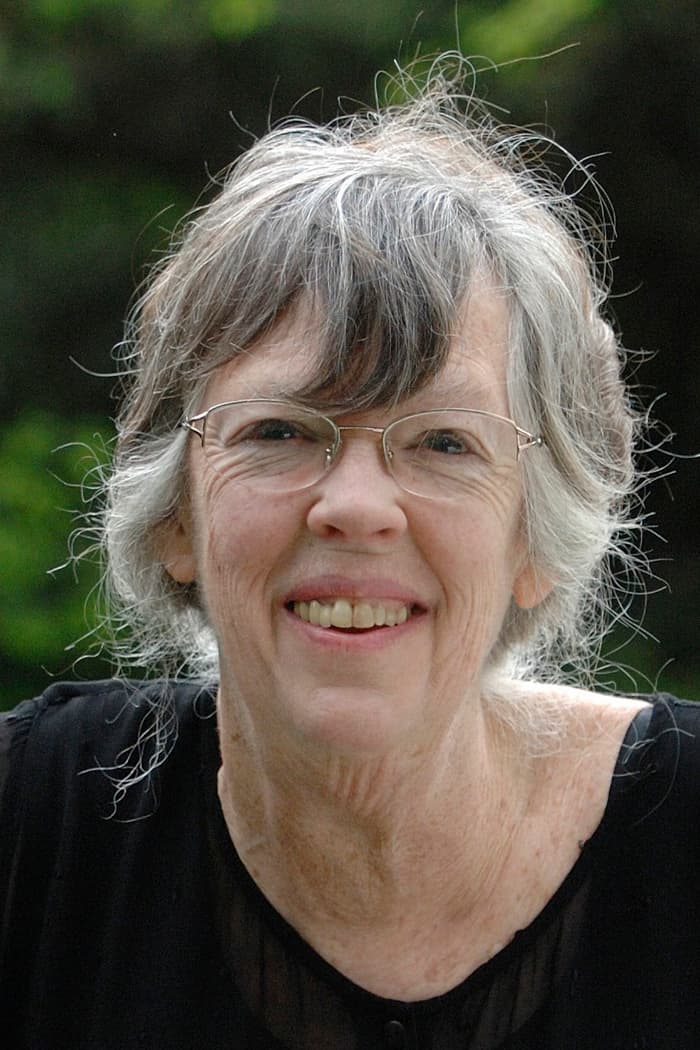
Eleanor Wilner
Woolf wrote the work as a revisit to the aftermath of 2005’s Hurricane Katrina, which devastated New Orleans. Despite timely warnings from various national meteorological entities, the city was left to get itself out of danger and spectacularly failed, resulting in nearly 1,400 casualties and a damage estimate of $190 billion, the most expensive storm ever recorded.
Luna Pearl Woolf: Après moi, le déluge – No. 1. NO-AH: The Lord has raised a mighty wind (Matt Haimovitz, cello; Trinity Wall Street Choir; Julian Wachner, cond.)
The question is whether we can do as Noah did: isolate ourselves in our own boat (of whatever construction) and let the world die around us?
The second movement is about what’s left in the water after Katrina’s visit – the drowned houses, the drowned bodies, and the drowned dreams. ‘Born with nothing’, die that way’.
Luna Pearl Woolf: Après moi, le déluge – No. 2. Deep in the water, too deep for tears … (Matt Haimovitz, cello; Trinity Wall Street Choir; Julian Wachner, cond.)
The third movement is about what’s left above the water. The people sheltering at the Superdome, a multi-purpose stadium, were left without other options when the roof was compromised, and the waterproof covering of the building flew away. It took over a week for help to come to those at the Superdome and get them out of an increasingly squalid situation, and the text reflects the ‘waste and the lies, and the flies, the terrible buzzing of flies.’
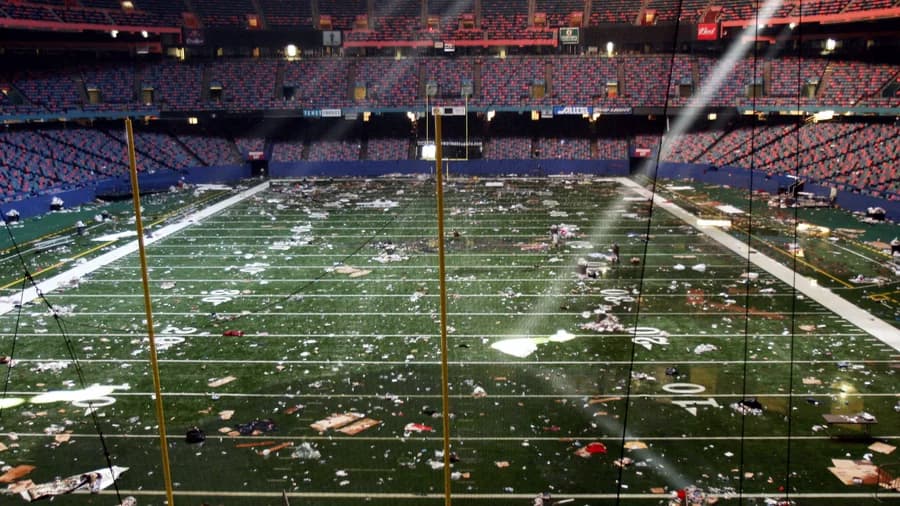
The Superdome after the roof failed, 2005 (Photo by Bill Haber/AP)
Luna Pearl Woolf: Après moi, le déluge – No. 3. Gone away and left us, Lord (Matt Haimovitz, cello; Trinity Wall Street Choir; Wachner, Julian Wachner, cond.)
The last movement looks to the future. The city awakens, and the music comes back – and ‘Bourbon Street awash with the blues…’.
Luna Pearl Woolf: Après moi, le déluge – No. 4. Lord, I am going down in Louisiana (Matt Haimovitz, cello; Trinity Wall Street Choir; Julian Wachner, cond.)
Post-Katrina, the city was rebuilt, with many saying that the same mistakes of building in the same low-lying areas were being repeated. By January 2006, only half the city’s population had returned. Historical mistakes had been made by the Army Corp of Engineers that resulted in the failure of the levees during Katrina.
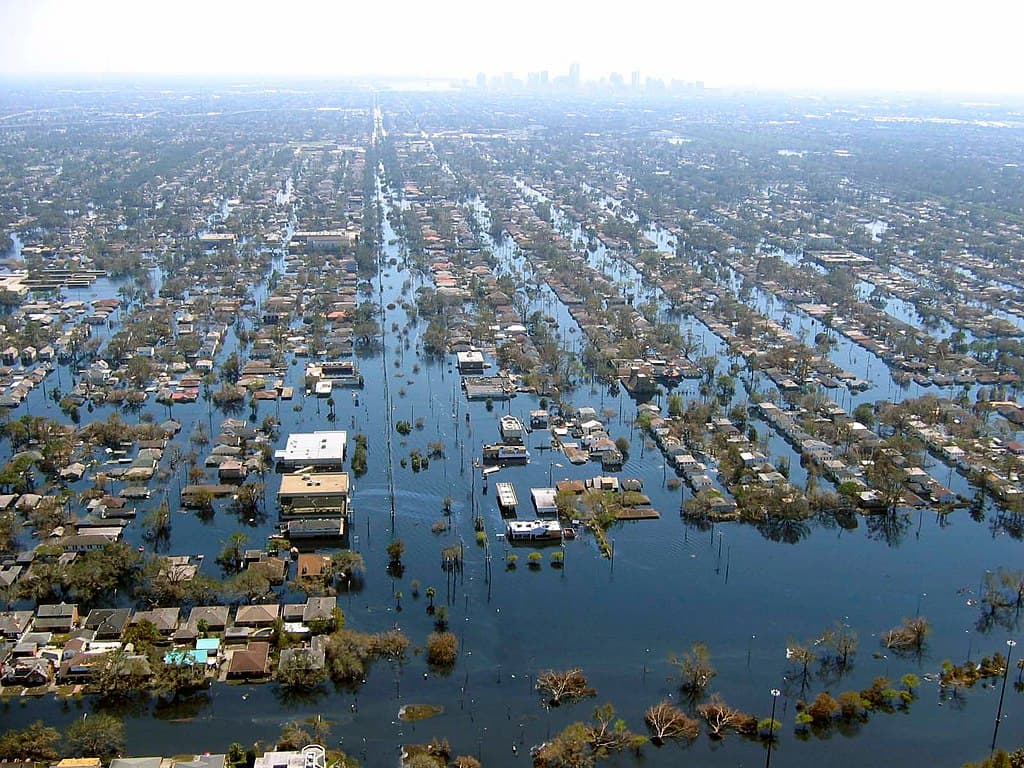
Flooded New Orleans, 2005 (NOAA)
What does this have to do with 2024? Hurricane Katrina was in 2005, a long time ago. In a review of the weather for 2023, the US National Centers for Environmental Information found that much of the US was above average in temperature, the East Coast and the California Coast were above average in rainfall, and large parts of the South were their warmest on record.
In other parts of the world, places that only had significant typhoons once or twice a year, such as Hong Kong, September 2023 saw the Super Typhoon Saola hit the city on September 1-2 followed a week later by an unprecedented rainstorm on September 7 and 8, with an extra 745.7 mm (29.3 inches) of rain during the month.

Preparing in Hong Kong for Typhoon Saola, 2023
Typhoons, Hurricanes, Tropical Depressions, Tropical Storms, Cyclones, what’s in your future?
For more of the best in classical music, sign up for our E-Newsletter


